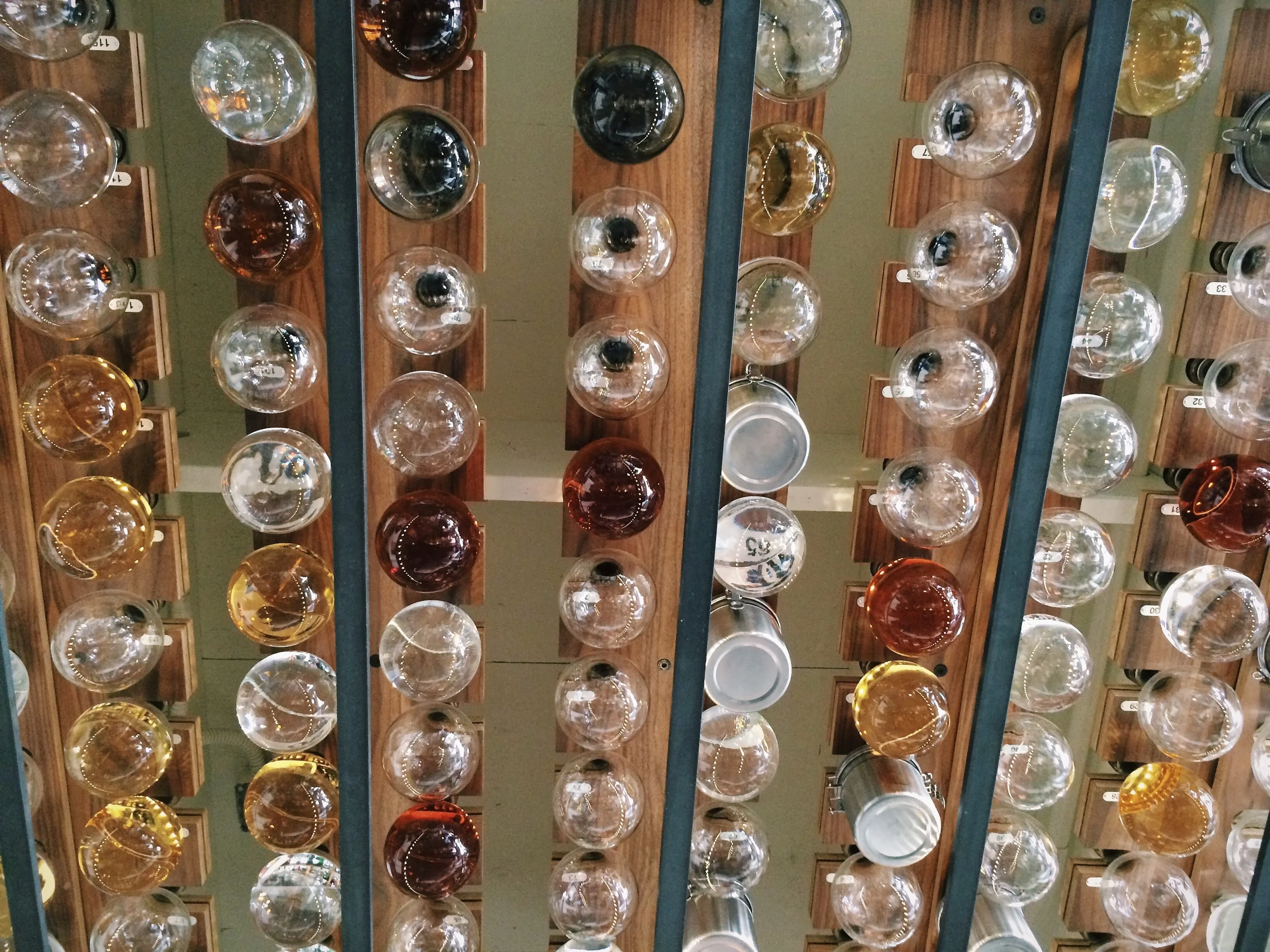




The future is already here — it's just not very evenly distributed.
- William Gibson
SCROLL DOWN
The future is already here — it's just not very evenly distributed.
- William Gibson
hEy. I'm Danny.
I'm a designer, chef, storyteller, writer, photographer, and innovator—you know, your average, modern-day polymath.
I love making things, and have a knack for finding the right people and resources to help me create unique, exciting projects.
Food, writing, and design keep my creative juices flowing, but I also enjoy analyzing financial statements, reviewing leases, and project management.
From creative strategy to customized content production, to culinary consultation, to artistic planning and oversight—if you need help making something, hit me up!

My Process
I've led teams in the design of kid's TV shows, restaurant concepts, music productions, software, and short films. The tie that binds my work together is a structured, agnostic creative process.
My Process
I've led teams in the design of kid's TV shows, restaurant concepts, music productions, software, and short films. The tie that binds my work together is a structured, agnostic creative process.
My creative process gives my work structure, order, and purpose. I rely heavily on these tools, especially when learning something new or running into creative obstacles.
Each project begins by going out into the world and getting inspired through carefully planned design research. The research and inspiration phase helps the design team identify the relevant problem/need we aim to address. This phase is the most vital in creating impactful design innovation because all ideas come from open-minded observation, a beginner's mind—a state of deep empathy, deferred judgement, and optimism.
In IDEO's Field Guide to Human-Centered Design they say, “When you understand the people you’re trying to reach—and then design from their perspective—not only will you arrive at unexpected answers, but you’ll come up with ideas that they’ll embrace.”
Synthesis is taking what we've seen and heard during the design research phase and converting the raw data into clearly articulated themes and insights. The synthesis process helps the design team define the design challenge and the core design principles for the rest of the process.
Next, we brainstorm design solutions that could solve our design challenge—in this phase quantity is valued more than quality and no idea is too wild.
Once we've come up with a bunch of ideas, we organize them into buckets and discreet categories using pattern recognition. After the ideas are organized, the team votes on their favorite designs and plans how to prototype them.
We quickly develop low-fidelity prototypes of the best design solutions. Then, we use the tangible prototypes to ask people questions about our ideas and watch them interact with these initial design solutions—prototypes are meant to test hypotheses, not to seek validation.
Low-fidelity prototypes are so powerful—the earlier they become part of the design process, the better. They say a picture is worth a 1000 words, well, a prototype is worth a 1000 pictures.
After getting user feedback on the initial prototypes, the team refines the designs into final, high-fidelity deliverables. In parallel, we create a strategy for how the final designs will show up in the world.
Implementation strategy is based in answering important questions like:
"Who will interact with the design?"
"How do we want people to respond to the concept?"
"Where will people interact with the design?"
"What stories and experiences from the field will help people understand the design more clearly?"
"How does the design make use of the existing brand equity?"
"How will the design help to define the purpose and values of it's creator?"
"How will the design function as a stepping stone to the next series of innovations?"
Once these questions are answered, new extended team members join the process to plan how the final concept will be produced and proliferated.

Case Studies
Here are some examples of how I use my creative process to design across different mediums—I think of my body of work like "creative cross-training".
Case Studies
Here are some examples of how I use my creative process to design across different mediums—I think of my body of work like "creative cross-training".



















